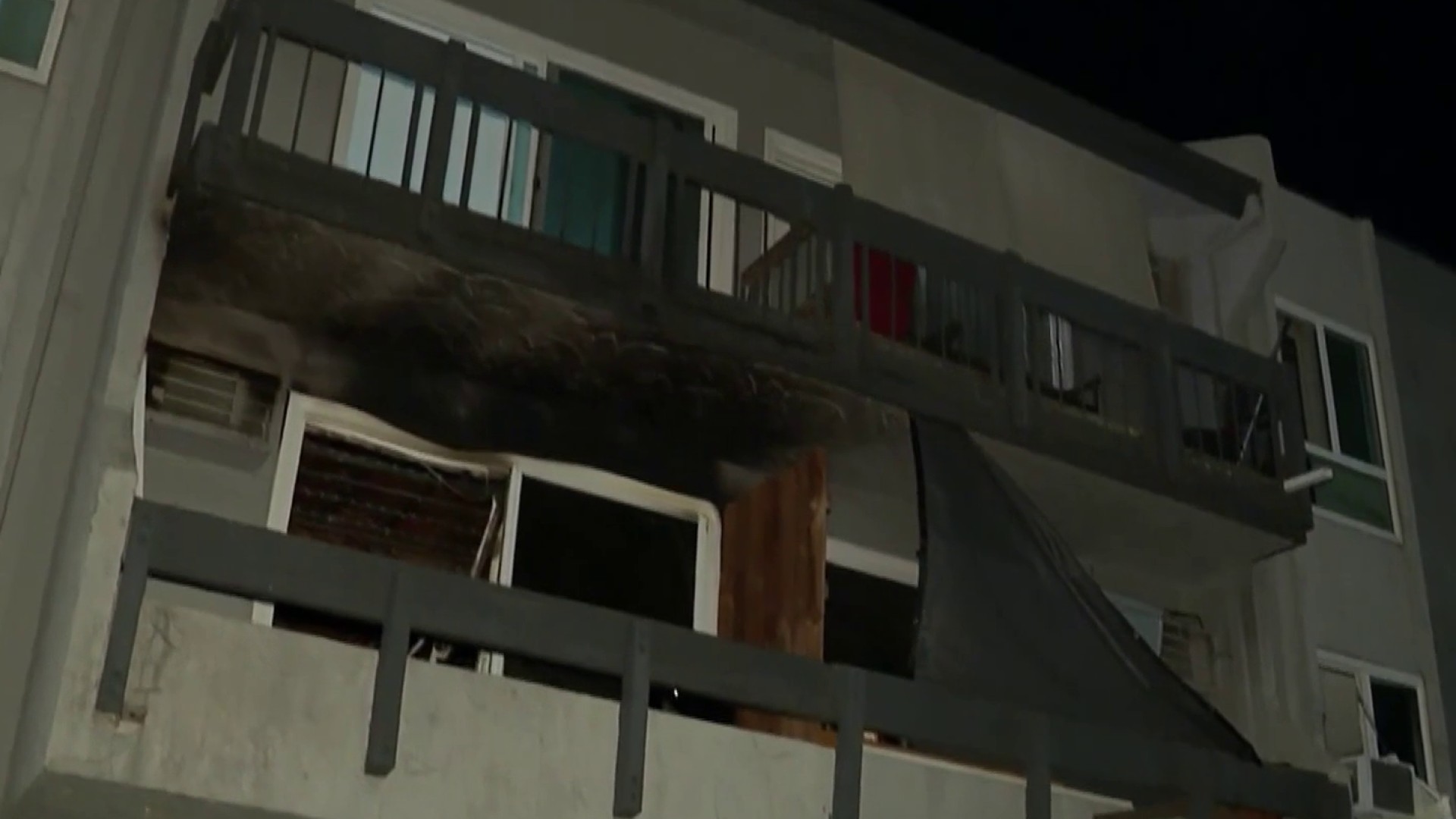Though regulators remain wary in many areas, a new generation of electronic billboards with full motion video are gaining a foothold in Inglewood, where city leadership has welcomed them as part of a larger plan to revitalize the city.
The screens are bright, bold and extend directly above the roadway, making it almost impossible to be unnoticed by vehicle occupants, including drivers.
"It definitely attracts attention," said Julie Shepherd of San Diego, who was on her way to lunch when she saw the video board on Manchester Boulevard, just east of the 405 Freeway.
"It's colorful," said her husband Joseph. "It has that Vegas feel."
Others were less impressed.
"They're ugly," said Patrick Frank, president of the Coalition to Ban Billboard Blight. "It feels like you're an extra in a 'Blade Runner' remake," an allusion to the film that envisioned a dystopian future for Los Angeles.
Of greater concern, Frank said, is safety, citing studies in recent years that have found static digital billboards hold the eye's attention slightly longer than non-electronic billboards.
News
Top news of the day
"Numerous studies show they are a huge distraction," said Mark Falzone, president of the national advocacy group Scenic America.
A 2015 study by the University of Alabama, cited by the Federal Highway Administration, also found that accidents are more likely to occur on stretches of road with digital billboards, but the study stated that there was insufficient evidence to conclude they were the cause.
With local permission, digital billboards with static screens--including those that change on a periodic cycle--have been allowed on Federal and California freeways and highways but not with full motion, as they are prohibited under regulations that date to before current technology existed.
Full motion billboards are so new there is a dearth of research on their safety.
However, the number of annual collisions has declined at the intersection closest to the Manchester Boulevard billboard, according to Scott Krantz, head of Wow Media, which operates the majority of the full motion billboards approved in Inglewood.
"There were actually 30% fewer accidents at the same intersection after our full motion billboard was installed," Krantz wrote in an email.
Accident rates have also dropped at three other locations since full motion billboards were put in place, according to traffic collision data released by the city of Inglewood.
Foes call for broader studies.
Krantz does not think full motion video boards will ever become as widespread as old fashioned boards.
Krantz wrote, "In order for the (full motion) boards to be cost effective for the brands, they have to be in high traffic commerical areas, such as Los Angeles, New York, Las Vegas, etc."
In the Los Angeles Metro, there certainly is demand.
"We love it," said Gino Sesto, founder and CEO of the ad agency Dash Two. "Especially with our clients, who happen to be in music, fashion and entertainment, I mean, full motion is the way to go."
In Inglewood, the modern billboard era began four years ago, when the city reached an agreement with Wow Media.
"(The) City continues to be approached by a variety of companies interested in entering into agreements with the City with respect to potential and various media opportunities," reads, in part, an August memo to the city council from the city's economic and community development department.
Locating the new billboards on city property, road medians and sidewalks, the city collects continuing payments from the board operator.
Except in Inglewood, full motion appears to be primed to trigger another round of clashes between the out of home advertising industry and efforts to contain it, which date back to the "highway beautification" movement spearheaded half a century ago during the administration of President Lyndon Johnson by former First Lady Lady Bird Johnson.
"I'm deeply concerned when it comes to digital or full motion video," said Falzone, whose Scenic America organization traces its inspiration to the former first lady's vision. "I think we need to hold the line."
In Inglewood's much larger neighbor Los Angeles, full motion video is evident at only a handful of what are officially called offsite advertising signs, as LA grapples with drafting new billboard regulations in the wake of decades of litigation. Whether the final ordinance will include provisions for full motion video is not yet apparent. The trend in recent years has been to localize standards and decision-making into sign districts.
Note: NBC4 has advertised on full motion billboards.



